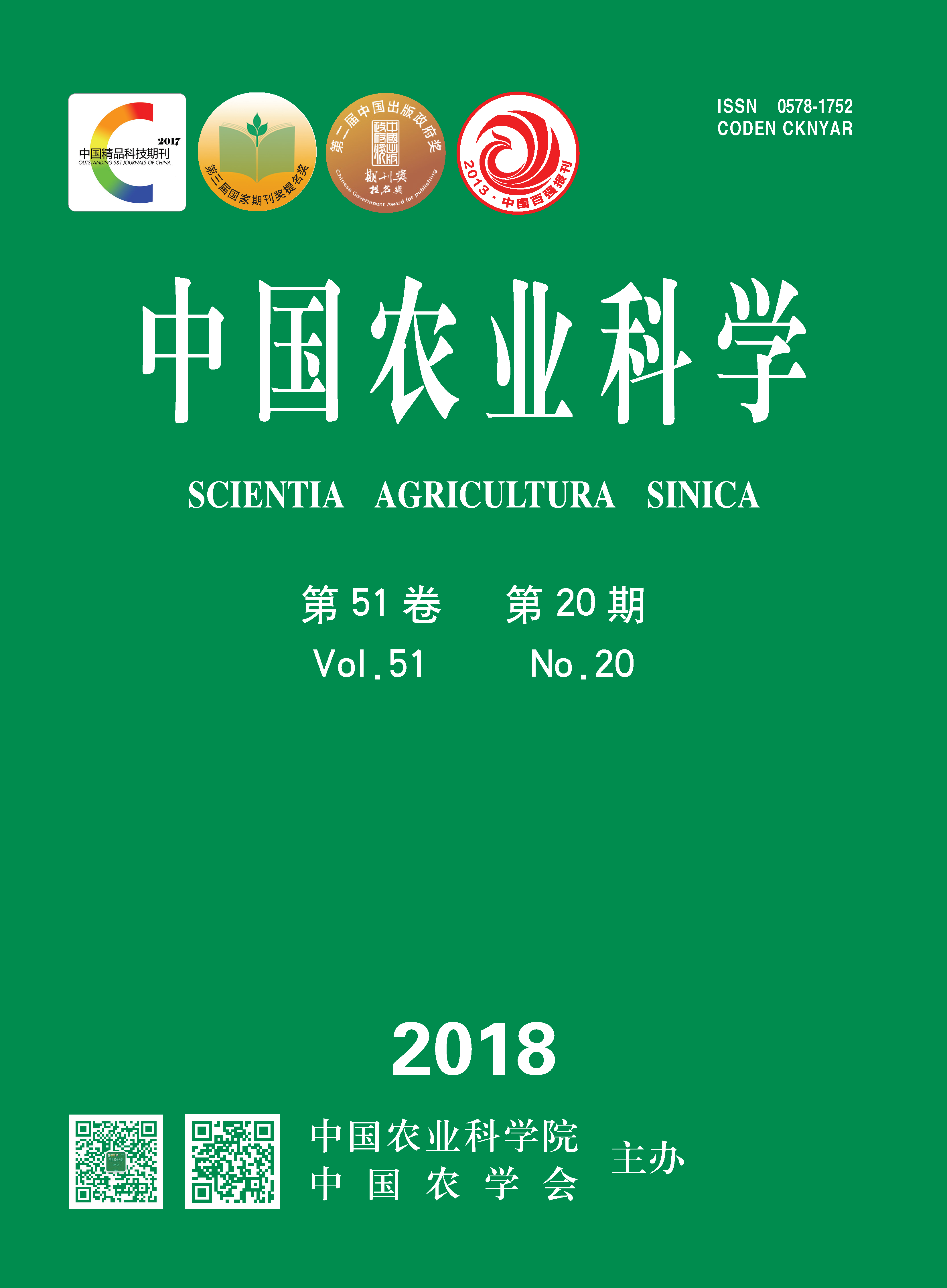【Objective】The purpose of this paper was to compare the characteristics of nitrogen (N) transformation in soil-plant system between controlled release urea and conventional urea under optimum nitrogen, phosphorus and potassium rates, and to explore the utilization potential of controlled release urea-N and its effect on reducing N loss, and to study quantitatively on the fate and recovery efficiency of controlled release urea in paddy soil, thus providing basis for the efficient application of controlled release fertilizer. 【Method】A field microplot experiment was employed with three N fertilizer treatments (no N applied, CK; 15N labelled conventional powder urea, U; 15N labelled controlled release urea, CRU) to study fertilizer N uptake, distribution and translocation in rice, fertilizer N fate and recovery efficiency in paddy soil. 【Result】Dry matter and 15N accumulation of stem and sheath by rice plants increased gradually along with the progress of rice growth, and reached the maximum at anthesis. Compared with U treatment, the dry matter of stem by rice plants in CRU treatment at anthesis increased by 13.8%, that of sheath was not significantly changed, and 15N accumulation of stem and sheath by rice plants in CRU treatment increased by 62.5% and 25.5%, respectively, then decreased due to the continuous transfer of dry matter and 15N of vegetative organs to grain. With the senescence of the leaves falling off, the dry matter and 15N accumulation of leaves decreased gradually from the heading stage, reaching the minimum at maturity. Dry matter and 15N accumulation of panicles increased from the booting stage, reaching the maximum at maturity. At maturity, compared with U treatment, the dry matter and 15N accumulation of stem, sheath, panicles, and aboveground by rice plants in CRU treatment increased by 17.3%, 13.2%, 3.5%, 3.7% and 25.0%, 20.0%, 15.8%, 13.3%, respectively, while those of leaves decreased by 14.6% and 15.2%, respectively. From anthesis to maturity, the dry matter and 15N translocation, translocation efficiency and contribution efficiency to grain in CRU treatment were 286.78 g·m-2, 32.3%, 30.8% and 2.69 g·m-2, 67.2%, 83.8%, respectively, slightly increased compared to U treatment, but not statistically significant. However, the nutrient supply from filling to maturity was abundant in CRU treatment, which promoted the grain filling rate of rice, and promoted the dry matter accumulation in grains, the assimilation of nitrogen, and the rapid transfer of nutrients from vegetative organs to grains. Compared with U, grain yield and N uptake of rice plants increased slightly, but there was no statistically significant difference; CRU treatment increased 15N accumulation by 13.3%, improved 15N use efficiency by 3.2 percentage points, increased N derived from 15N fertilizer by 2.9 percentage points, increased soil 15N residual rate by 0.9 percentage points, improved total 15N recovery efficiency by 4.0 percentage points, and reduced 15N loss by 4.0 percentage points. Regardless of application of controlled release urea or conventional urea, soil N was the main source of N for growth and development of rice, and the N from soil was more than 70% during rice growth period. The residual amount of fertilizer nitrogen in soil decreased significantly with the increase of soil depth. After harvest, fertilizer 15N mainly remained in the 0-20 cm soil layer, accounting for 78% of the total residue. The second was 20-40 cm and 40-60 cm soil layer, and the fertilizer 15N residue in the two soil layers was similar, accounting for about 19% of the total residue. Below 60 cm soil layer, there was still a trace amount of fertilizer 15N residue, accounting for less than 4% of the total residue. 【Conclusion】 Controlled release urea could improve dry matter and N accumulation, and increase the dry matter and N translocation after anthesis (especially from filling to maturity), and reduce the loss of fertilizer nitrogen while maintaining grain yield and improving fertilizer nitrogen use efficiency.









